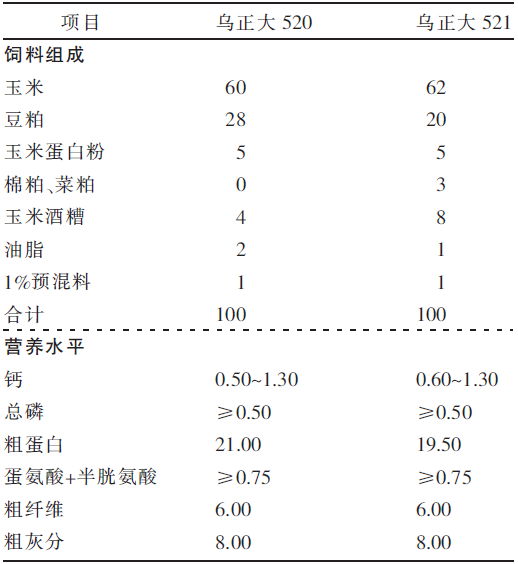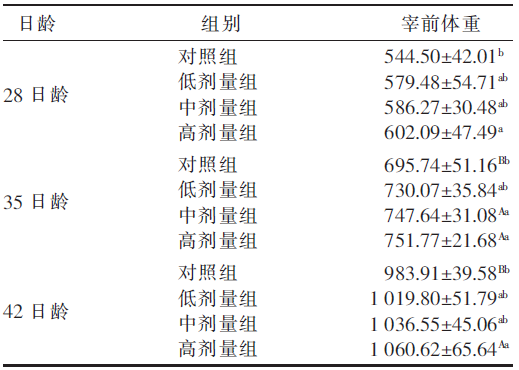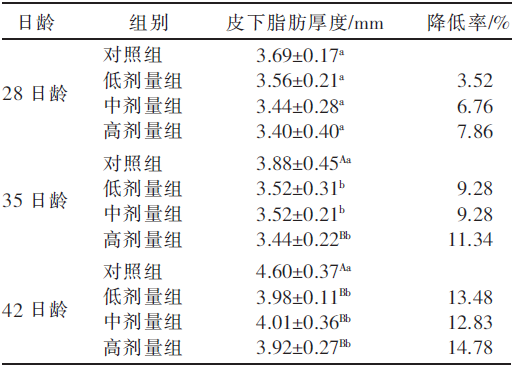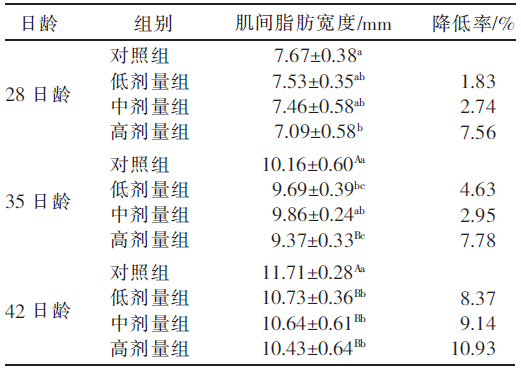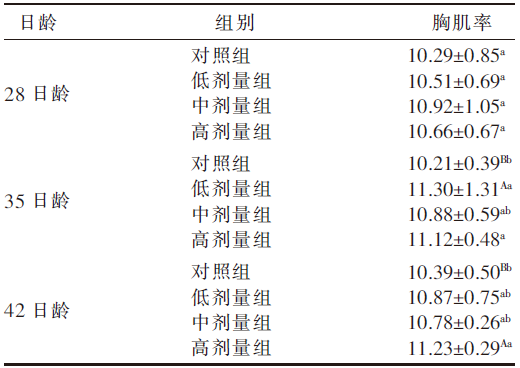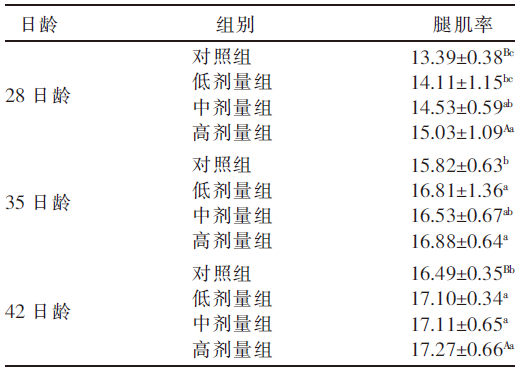| [1] |
谷虹霏. 新疆野山杏果肉总黄酮的分离纯化及其对镇痛抗炎作用的影响[D]. 乌鲁木齐: 新疆农业大学, 2018.
|
| [2] |
HOLIMAN P C H, HERTOG M G L, KATAN M B. Analysis and health effects of flavonoids[J]. Food Chemistry, 1996, 57(1):43-46.
doi: 10.1016/0308-8146(96)00065-9
|
| [3] |
祁建宏, 董芳旭. 黄酮类化合物药理作用研究进展[J]. 北京联合大学学报, 2020, 34(3):89-92.
|
| [4] |
YILDIZ F, COBAN S, TERZI A, et al. Protective effect of micronized purified flavonoid fraction on ischemia/reperfusion injury of rat liver[J]. Transplantation Proceedings, 2015, 47(5):1507-1510.
doi: 10.1016/j.transproceed.2015.04.062
pmid: 26093753
|
| [5] |
周宗宝, 王红, 叶晓川, 等. 黄酮类化合物的结构修饰及生物活性研究进展[J]. 医药导报, 2017, 36(2):181-185.
|
| [6] |
江阳, 杨硕, 金晓, 等. 艾蒿黄酮对肉仔鸡生长性能和肉品质的影响[J]. 饲料研究, 2021, 44(6):54-57.
|
| [7] |
田何芳, 金永燕, 庄智威, 等. 大豆异黄酮对产蛋后期京粉1号蛋鸡产蛋性能、蛋品质、血浆生化指标和抗氧化能力的影响[J]. 中国家禽, 2021, 43(12):38-43.
|
| [8] |
戴小华, 阿依姑丽·艾合麦提, 谷虹霏, 等. 野山杏总黄酮抗急性炎症作用研究[J]. 新疆农业大学学报, 2017, 40(2):106-110.
|
| [9] |
叶建萍, 马俊. 饲料中添加刺五加提取物对肉鸡生长性能、屠宰性能及经济效益指标的影响[J]. 中国饲料, 2021(3):60-63.
|
| [10] |
许家明, 张正芬, 华国洪, 等. 广西麻鸡屠宰性能和肉品质研究[J]. 中国畜牧兽医, 2017, 44(11):3201-3207.
|
| [11] |
尤明珍. 大豆异黄酮对樱桃谷鸭生长和屠宰性能的影响[J]. 粮食与饲料工业, 2007(12):27-28.
|
| [12] |
李垚, 付晶, 王宝东, 等. 沙棘黄酮对AA肉仔鸡胴体和肉品质的影响[J]. 畜牧兽医学报, 2008, 39(9):1217-1223.
|
| [13] |
宋扬. 泡桐花黄酮类化合物的提取及其对肉鸡生长性能和肉品质的影响[D]. 洛阳: 河南科技大学, 2012.
|
| [14] |
李莉, 朱晓彤, 束刚, 等. 日粮中添加山楂叶总黄酮对黄羽肉鸡脂肪代谢的影响[J]. 江西农业大学学报, 2009, 31(4):610-615.
|

